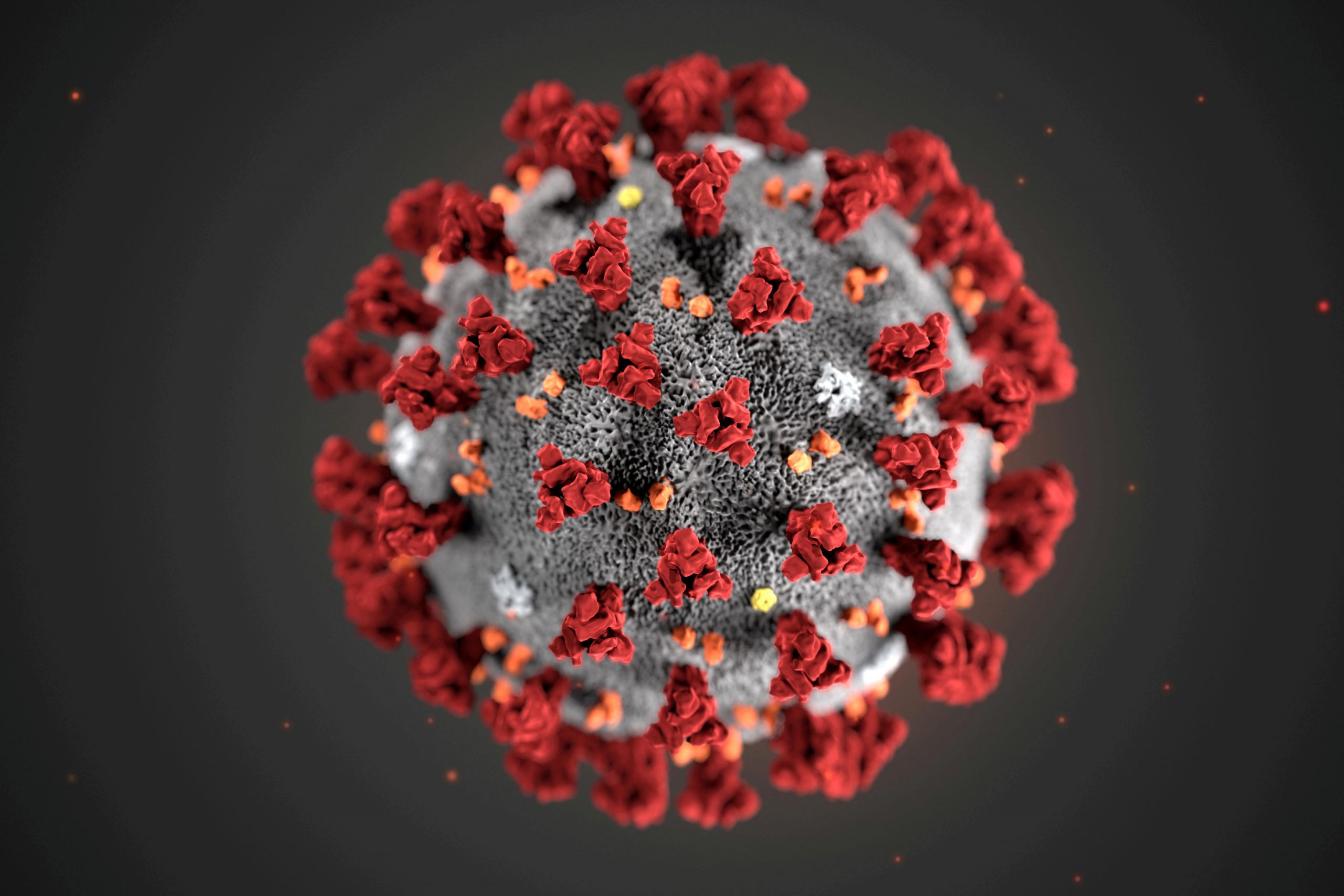India faces shortages of testing kits – just like so many other countries – in the battle with the new coronavirus.
That’s why it has called on its key asset – people power – to help turn the tide.
India has reported more than 23,000 cases and 700 deaths from the contagion so far, which seem like modest figures for the second-most populous nation, with its 1.3 billion inhabitants.
But community health workers are tracking and containing infections in an effort to prevent the outbreak from overwhelming its tattered health care system.
READ ALSO:
Tens of thousands of health care workers are going door-to-door to trace and quarantine people who might have had contact with those infected.
People are usually tested only if they develop flu-like symptoms.
Epidemiologists say the surveillance strategy – along with a 40-day lockdown – helped India cut transmissions and minimise infection spread; avoiding large outbreaks like those in the U.S. and Europe. Significantly, it has also given India time to ramp up testing and health infrastructure.
“There were concerns over not enough testing in India, but it has been done in an appropriate manner.
“It is clear that we haven’t missed major areas of transmissions and hotspots are being controlled,’’ said Giridhar R Babu, Head of life course epidemiology at the Public Health Foundation of India.
“Kits are a major constraint worldwide, but we have health workers in every rural area, so we have to find every active case out there.
“This is definitely possible, we have done it for several diseases, over several decades,’’ babu added.
Community surveillance and contact testing have been immensely useful in disease containment in India, be it for polio, malaria, leprosy, HIV or swine flu, former Health Secretary, Sujatha Rao, says.
India’s national surveillance network, the Integrated Disease Surveillance Programme, has capacities to reach every one of its citizens for disease response and control, as attested by the country’s efforts to defeat polio, which were acclaimed by the World Health Organisation (WHO).
Countries like South Korea isolated infected people via widespread testing.
In contrast, surveillance-guided testing helped India control infections and is instructive to countries facing kit shortages.
In the last few weeks, India markedly improved on its low testing rate.
It had conducted 500,000 tests by Wednesday, compared to merely 14,500 a month earlier, senior government official, CK Mishra, said.
Mishra added that testing was becoming a main pillar of India’s control strategy.
“Our testing strategy has been focused, targeted and continues to expand,’’ he said.
India has identified a total of 12.4 million volunteers, health professionals and workers as ‘COVID-19 Warriors’ who can be drafted in the fight against the virus.
Some 1,600 WHO staff, including its expert team that helped India’s polio programme, will join the COVID-19 fight and bolster the ongoing surveillance, WHO India representative, Henk Bekedam, said.
“We are going to live with the virus.
“Post lockdown, we should aim for a surveillance system that is very sensitive, which guides us not only to areas of outbreaks but also picks up new cases in new places.”
On the front line are 3.5 million Accredited Social Health Activists (Asha or Hope in Hindi) and Anganwadi workers, drawn from local and rural communities who form a key element of India’s primary and community health programmes.
They take care after maternal and child health, carry out immunisation campaigns and enrol people in health programmes but are now first responders in the crisis, educating families about isolation, monitoring them for symptoms and identifying contacts of confirmed and suspect cases.
KK Shailaja, health minister of Kerala state, which reported India’s first case, but has flattened the curve of infections despite the shortage of testing-kits, gives much credit to these workers.
Dubbed as virus detectives by the press, the workers carry out contact tracing, sometimes using closed-circuit footage for clues as well as mass quarantine and rigorous checking.
“If we tested all families, the kits would finish. Our field workers keep a close watch on every case daily, if they develop even sore throat or fever, we hospitalize them immediately. That is how we maintain a balance between testing and our resources,” Shailaja said.
Kerala conducted 20,000 tests with 438 positive cases and just three deaths.
“Our decentralised health care system helped by local communities ensures detections and quarantine is strictly enforced,” she said.
There are challenges, however.
The health workers network is weak in urban areas.
The front line workers are poorly paid and, in new concerns, are being shunned or attacked by locals over fears that they might infect them.
The coming weeks are crucial for India as studies warn there could be a second wave of infections after the lockdown ends on May 3.
If 10 per cent of the population is affected, as virologists estimate, India’s beleaguered health system may be overwhelmed on a greater scale than worst-hit countries.
India has less than one bed and one doctor per thousand people, far below WHO recommendations. It has fewer than 50,000 ventilators, which critical patients need to survive. Doctors and workers are stressed about a lack of protective gear as dozens of them have been infected.




 Premier League
Premier League